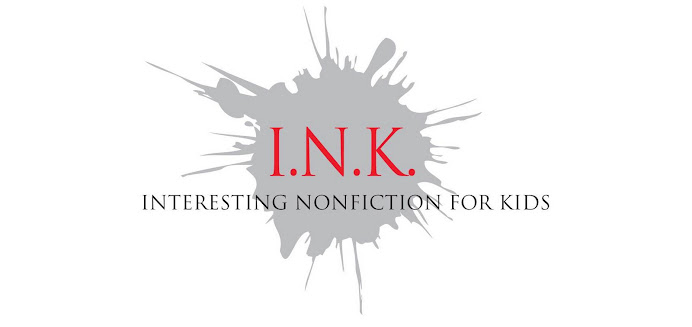 CandaceFleming, author of Amelia Lost, and
many other great books calls it the “vital idea.”
CandaceFleming, author of Amelia Lost, and
many other great books calls it the “vital idea.”
I’ve
heard other nonfiction writers use terms like inciting incident, emotional
trigger, creative spark, moment of inception, central mantra. I like to call it
the creative core.
What
is it?
It’s
the heart of a great nonfiction manuscript.
It’s
what a specific author brings to a topic, to a manuscript that no one else can.
It’s
why a topic chooses an author, not the other way around.
It’s
the result of an aha moment, and the source of passionate writing.
It’s
what connects a topic, any topic, to a universal theme that everyone can relate
to.
And
according to nonfiction author Heather Montgomery, it’s what makes the best
nonfiction books timeless.
Sound
like magic? Well, it kind of is.
A
nonfiction book’s creative core originates deep inside its author. Maybe it traces back
to a powerful childhood memory. It might be the result of a deep-seeded desire,
hope, belief, or disappointment. Here are some examples.
 Tanya Lee Stone wrote Sandy’s Circus
because, as a child, Alexander Calder, was the only artist she immediately
understood in a way that her father and sister seemed to understand all artists.
Calder was her link to a secret knowledge that made her feel more closely
connected to her family.
Tanya Lee Stone wrote Sandy’s Circus
because, as a child, Alexander Calder, was the only artist she immediately
understood in a way that her father and sister seemed to understand all artists.
Calder was her link to a secret knowledge that made her feel more closely
connected to her family. DeborahHeiligman’s “nonfiction novel” Charles & Emma is so compelling because everything about who she is as a person drove her to write a book “in service to the love story” between Darwin and his wife. It's a book that only she could write.
DeborahHeiligman’s “nonfiction novel” Charles & Emma is so compelling because everything about who she is as a person drove her to write a book “in service to the love story” between Darwin and his wife. It's a book that only she could write. Next
year, I have a book coming out that traces back to the walks my father,
brother, and I took through the woods near our home when I was young. The
knowledge my brother and I learned on those meandering journeys and the
closeness it made us feel to my father had a strong impact on both our lives.
In many ways, I’ve been writing No
Monkeys, No Chocolate since I was 8 years old.
Next
year, I have a book coming out that traces back to the walks my father,
brother, and I took through the woods near our home when I was young. The
knowledge my brother and I learned on those meandering journeys and the
closeness it made us feel to my father had a strong impact on both our lives.
In many ways, I’ve been writing No
Monkeys, No Chocolate since I was 8 years old.
How
can a writer go about identifying the creative core of a work in progress? He
or she must think deeply and ask questions that may have difficult or uncomfortable
answers:
--What really prompted the writer to choose his or her topic. Was there an event--an inciting incident?
--Is there a connection to the writer's own life that needs to be examined?
--Does the author need to acknowledge a disappointment or betrayal in order to move on?
--Was there an aha moment filled with joy that the author can't wait to share?
--Was there an aha moment filled with joy that the author can't wait to share?
Journaling
can be an invaluable tool during this process. Writing about the moment of
inception can help writers stay connected to it and the emotions it triggers.
Whether
fiction or nonfiction, the best writing comes from a place of vulnerability. We
write because we have something we need to say.
